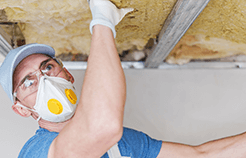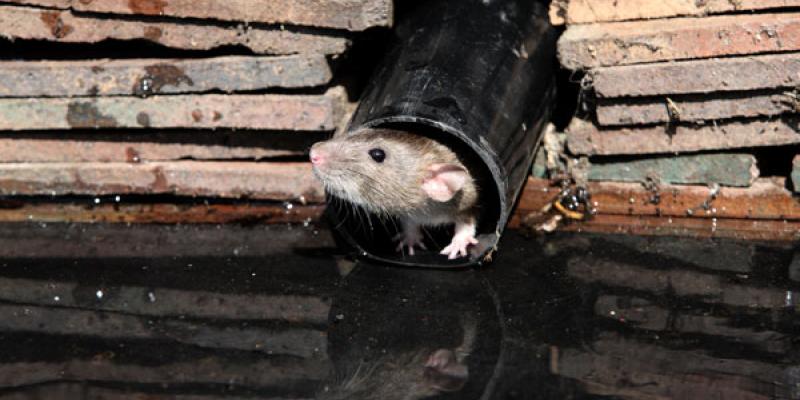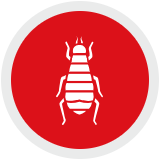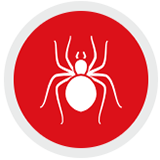How Do You Get Rid of a Rat Infestation by Yourself?
USA’s most troublesome rodents are the Norway rat and the Roof rat, and services like rat extermination can do wonders for your household once you determine there’s an infestation. As rats are a very dangerous pest in our area, it’s important that you understand how to recognize an infestation, the damage they can do, and how to get rid of the pest by yourself, in case you have a tighter budget or don’t know any rodent professionals you can trust.
What Damage Do Rats and Mice Cause?
Rats spread diseases through their skin, their bite, and their droppings, as well as through the food they eat. They eat and contaminate stored meats, fruits, crackers, nuts, and grains and can transmit murine typhus, leptospirosis, ratbite fever, and salmonellosis (food poisoning).
The plague is also a disease that both the Roof and the Norway rats carry. During the last years, the Center for Disease Control has spotted scattered cases in rural areas from Seattle, California, New Mexico, Southern Colorado, Northern Arizona, Southern Oregon, and Far Western Nevada.
What Diseases Do Rats and Mice Carry?
Murine typhus, also called jail fever, is transmitted by two types of bacteria: Rickettsia Typhi or Rickettsia prowazekii. It’s usually seen in areas with low hygiene and can be carried by fleas, mites, ticks, other arthropods, and rats. Jail fever includes sustained high fever, severe headache and muscle pains, cough, rash, falling blog pressure, chills, stupor, sensitivity to death, delirium, and death.
Leptospirosis, also known as Weil’s Disease, is caused by the Leptospira bacteria. The symptoms include headaches, muscle pains, fevers, lung bleeding, and meningitis.
And the ratbite fever is passed through a rat’s urine or mucous secretions and their bite, it’s a rare disease that includes the following symptoms: sore, rash, chills, headaches, fever, vomiting, and muscle aches.
What Are the Signs of a Rodent Infestation?
There are three main rat exterminator methods we use at Eastside Exterminators, those are sanitation measures, population control, and rodent proofing. However, it is helpful to learn the signs of a rodent infestation before calling in professionals. Those signs are:
- Burrows around plants and garbage cans.
- Damaged vegetables in the garden.
- Evidence of a rat nest inside your chimney, firewood stack, behind drawers, in the garage, or in the basement.
- Rat droppings around your pet’s dishes or pet food containers.
- Dead rat carcasses around the house – your dog or cat might bring them to you.
- Drowned rats on your hot tub or swimming pool.
- Noises coming from the attic during the evening.
- Fruits and nuts falling from the trees around the house or found bitten indoors.
- Stain marks along fences and utility lines.
- Smudge marks on rafters, walls, and pipes – rats cause them when they rub their fur against beams.
How Do You Avoid a Rat Infestation?
Sanitation is about getting rid of rat’s shelters and food sources. You’ll need to check off-the-ground storage pipes, firewood, lumber, crates, gardening equipment, boxes, and other household spaces that are dark, moist, and close to food sources.
You’ll also need to empty your garbage and recycle bins regularly and check for outdoor burrows near your trash and garden debris. Ensure all garbage and water receptacles have tight covers, and that your dogs and cats eat outside. Your pet’s food must also be tightly sealed.
For roof rats, you’ll need to weed your garden regularly and trim the three branches, as well as separate dense plants from one another by a distance of 2 feet or more to make it difficult to roof rats to jump from one tree to another.
How to Keep a Rodent-Free House
The second step is for the long-term is to stop a future infestation from happening. You’ll need to seal cracks and openings in the foundations of your house, pipes, doors, windows, drain spouts, electric wires, and vents. There should be no hole larger than ¼’ if you want to keep rats and mice outside. Your doors, windows, screens, and chimneys should also be sealed, with the edges covered with sheet metal. Materials like wire screen, coarse steel wool, and lightweight sheet metal can plug gaps and holes very efficiently. Both Norway and Roof rats will gnaw away wood, plastic sheeting,
Rodent Population Control
When rats find food, water, and shelter their population increase rapidly. If you see this is the case in your household, please refer to a rat extermination company so they can perform advanced services like crawlspace cleanup and use potent pesticides near the burrows and nests. You can still use traps to control rats indoors. If you use rodenticides (toxic baits), place them in inaccessible locations as within walls, inside pipes, and ceilings. Remember that the smell of a dead rat is very strong and you will need to cut a hole in the wall to remove the carcass.
Are Glue Boards Effective?
Glue boards are not a very effective way of getting rid of the rats. It’s a common misconception that these will be your main weapons against the pest, however, they work better against mice. Rats caught in glue traps can escape in about an hour, often dragging the trap with them as they flee.
Do I Need to Contact a Rodent Exterminator?
It may seem easy to save money by performing rat control yourself, but do you put your own health and safety at risk? If you don’t have the necessary protective clothing and respirator to keep you safe from infectious diseases carried in the dust of rat urine, feces, and saliva, please consider hiring a professional. If you are uncomfortable in the tight, dirty crawl spaces beneath your house, it would be best to have a professional rodent control technician carefully inspect your home. If you aren’t sure which poisons, baits or traps are best to use, it might be best to rely on experienced professionals. If you need help, Eastside Exterminators will protect you like family. We have proudly served the greater Seattle area for 50 years and we are passionate about protecting families.

 (425) 318-7912
(425) 318-7912
 MY ACCOUNT
MY ACCOUNT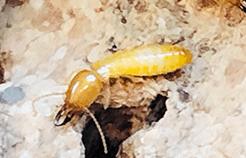
 425-318-7912
425-318-7912
